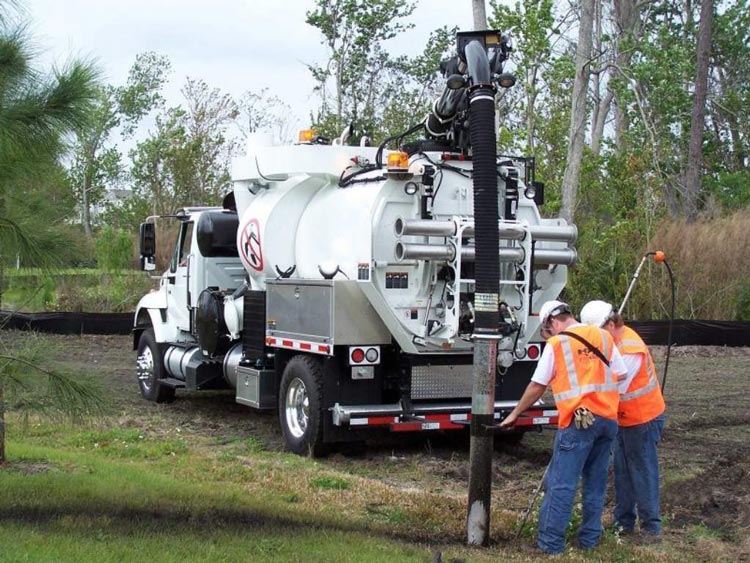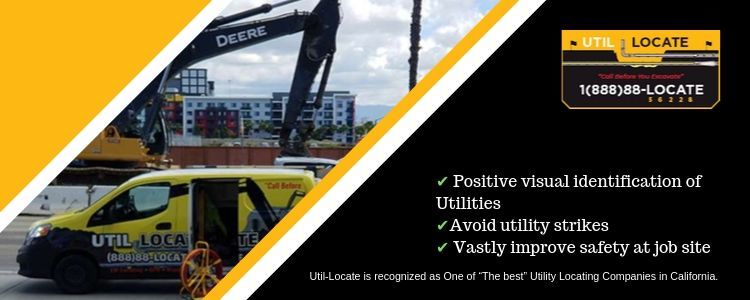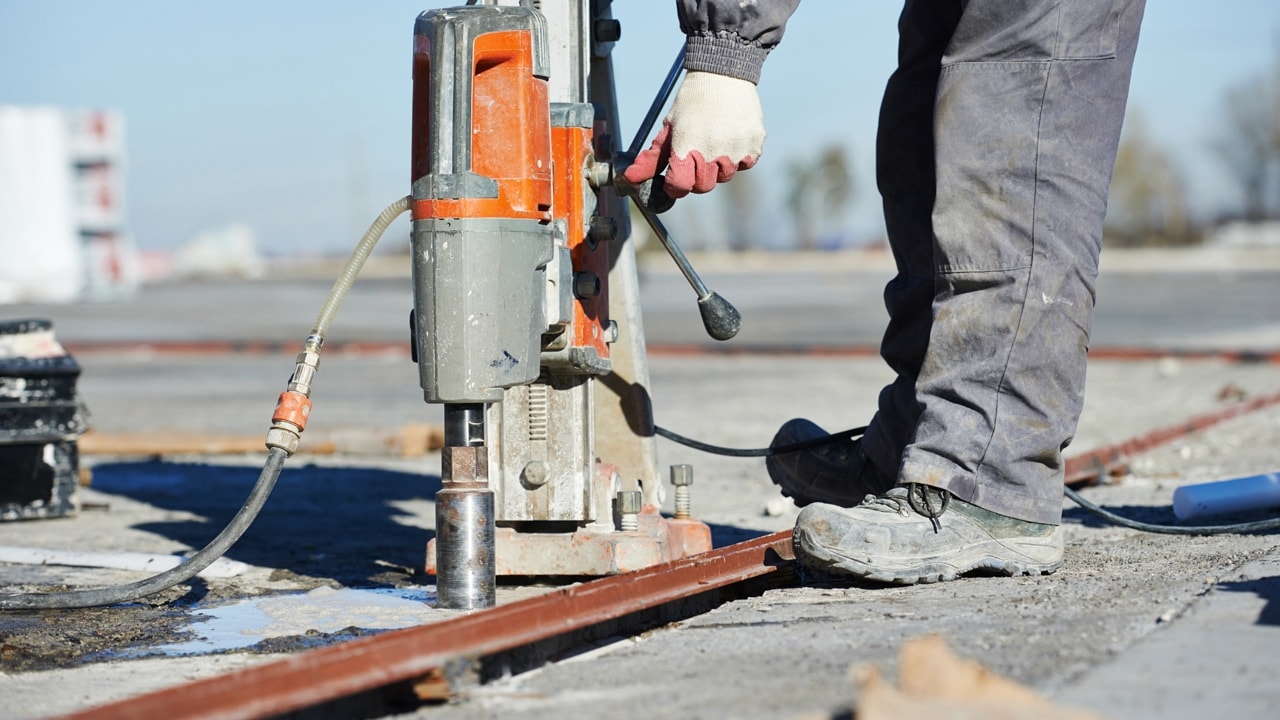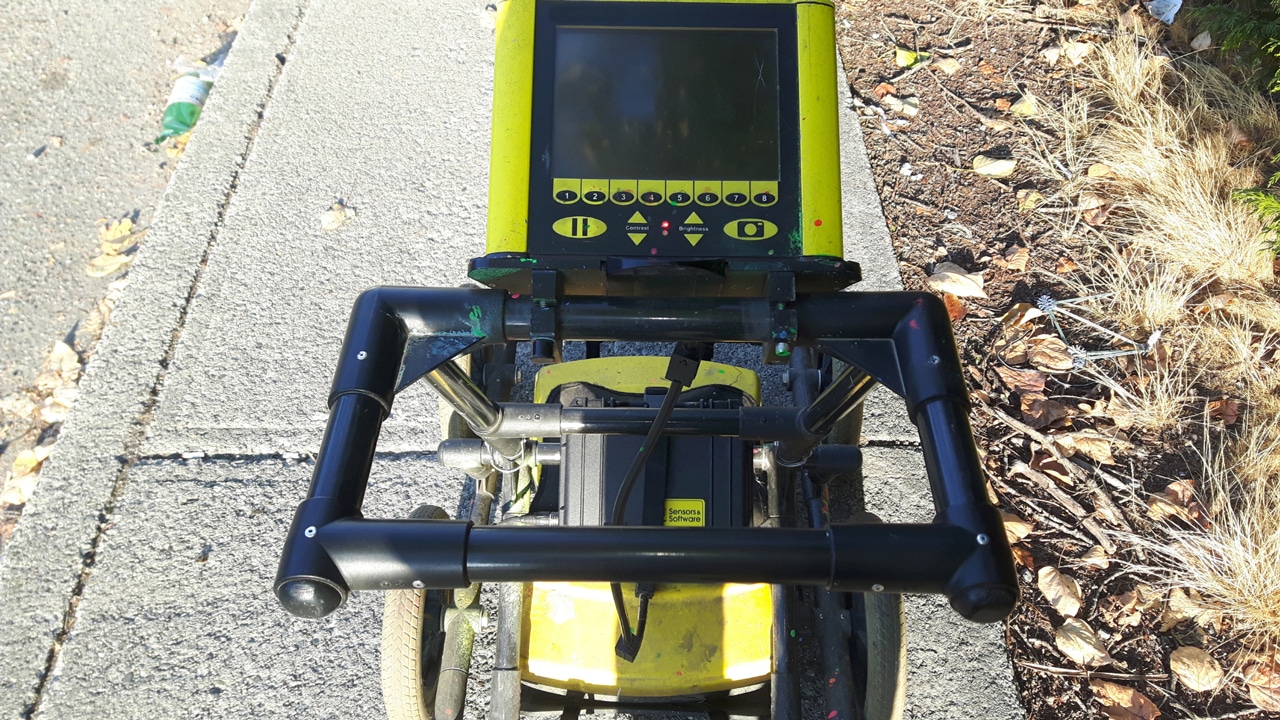When planning your next home improvement or repair project, make sure to proceed with caution. This is especially true if your project involves digging. The first step to any project of this magnitude is having a proper utility locate service performed. While it may add a few days to your project’s timeline, having utility potholing completed in your yard can save you from dangerous outcomes.
What Went Wrong in Southern California
Recently, Southern California was devastated by an accidental gas explosion: fifteen people were injured, and a Southern California Gas Company worker lost his life. Sadly, the ruptured gas line could have been avoided had the local contractor used a utility locating service.
The contractor not only violated state law but put others at risk. Most likely, the contractor didn’t think locating utilities was essential for the work he was doing. It’s far too common for contractors, handymen, and homeowners to either be overconfident in their abilities or to underestimate the task at hand. However, one must always consider the dangers of their projects and determine whether or not the are truly qualified.
Accidents involving utilities do not always result in death. Some accidents result in damaged property, physical injuries, or high costs. In some cases, calling the local utility company might suffice.
In other situations, it’s best to hire a private utility locating company. These private companies often have more autonomy on your property and can identify all of your utility lines in one visit. Also see potholing for utilities.
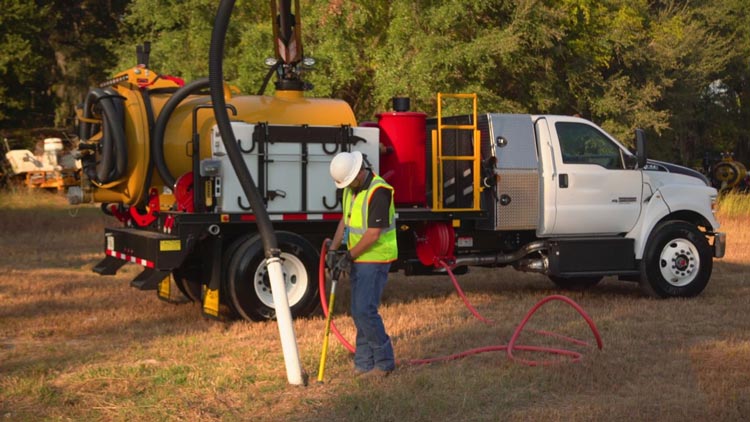
Experts Always Do a Utility Pothole Inspection
Potholing is a process that confirms underground utilities and obstructions. As the first part of investigating what’s underground, utility potholing starts with a small, exploratory hole along the planned route of new construction or repairs. While some contractors rely on digital locating devices to find pipes, utility lines, and other obstructions, there are times when actually seeing what’s underground is essential.
Digging without first locating underground utilities runs the risk of hitting the gas, power lines, communications, water, and sewer lines. While nicking one of these utilities might seem harmless, it can result in significant issues:
- Service disruption
- Costly repairs
- Acute injuries
- Death
Did you know? Accidentally cutting an underground fiber optics line could stop internet services from working throughout your neighborhood, and you could be held liable for the loss of that service.
What Methods Do Excavation Experts Use?
In the past, manually removing dirt was the only method used to locate and protect utility lines. There are still times when hand tools are preferred. Modern techniques include vacuum excavation. The best method depends on your project and what gets the job done.
Hand Tools
While labor-intensive, using a shovel, pickax, or another hand tool to pothole is perfect for small spaces where precision is necessary. Hand tools are also the cheapest pieces of equipment used to dig. On the flip side, hand tools require a great deal of time and effort, especially when dealing with harder ground surfaces. Shovels are unlikely to damage underground pipes but can slice through cable or communication wires.
Backhoes
When precision isn’t necessary, backhoes are incredible options. The work is much less labor-intensive and can be completed rather quickly. When a new development is excavating for new foundations, backhoes are the easiest and best option. The biggest downside of using a backhoe exists when utilities are present.
Even the most skilled backhoe operator runs the risk of hitting and damaging subterranean lines. This is why most backhoe operators use a spotter to help keep a closer eye on where they are digging. Backhoes also don’t fit into many spaces, especially once houses or other structures are in place.
Vacuum Excavation
Simply knowing where a utility line isn’t always enough. Many projects need to work around existing utility lines. Digging up an entire utility line can take a long time, cost a lot of money, and require quite a bit of workforce. Also, you must consider how digging can destroy your yard.
Vacuum excavation is a method used to locate underground utilities without the same mess as manually digging. The process involves using water or air to break up soil before suctioning up the broken ground into a storage tank. Vacuum excavation contractors can eliminate nearly all risk of damaging underground utilities at a lower cost and higher level of precision. In some cases, the soil can even be reused cutting down on landscaping costs.
There are two main methods of vacuum excavation:
- Air Excavation:
Air excavation uses compressed air to loosen and break up the soil. Since the primary element of this process is air, the earth is still used to fill in holes later on.
- Hydro Excavation:
Instead of air, hydro excavation uses high-pressure water to loosen and break apart dirt. This technique is also extremely precise, although faster than air-based methods. Since the primary element is water, the soil is no longer fit to be used again.
Both air and hydro excavation allow you to pothole quickly, easily, and safely. At the same time, however, the vacuum excavation process is not something anyone can do. Besides the hefty investment in equipment, operating a vacuum excavation system requires a great deal of skill and experience.
Unfortunately, your utility company or other public “call before you dig” service most likely won’t use vacuum excavation methods. Hiring a private potholing company may seem like an extra expense, but it can certainly save you money in the long run.
Which Method is Best?
The nature of the job at hand will ultimately determine which method is best. The key is that underground utilities are safely located and protected to keep major accidents from becoming commonplace.
Most homeowners won’t be able to decide on their own which method is best. Using a reputable utility locating company is the best way to ensure your project or repair is done without the risk of a significant accident.

